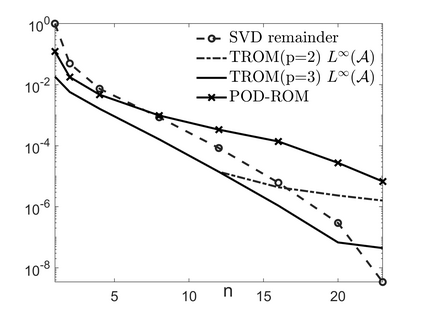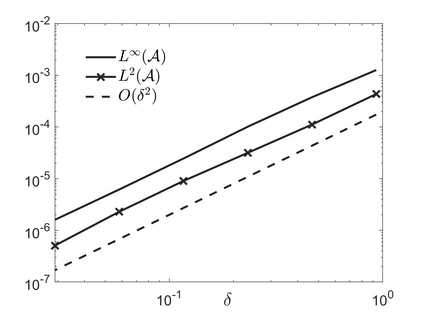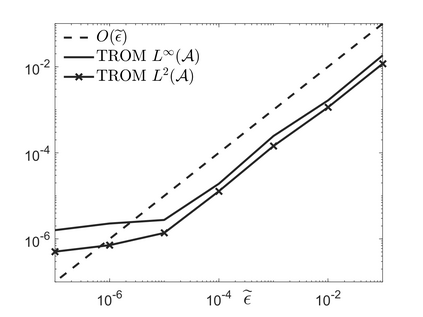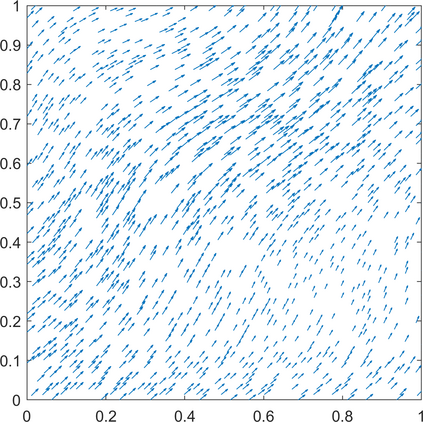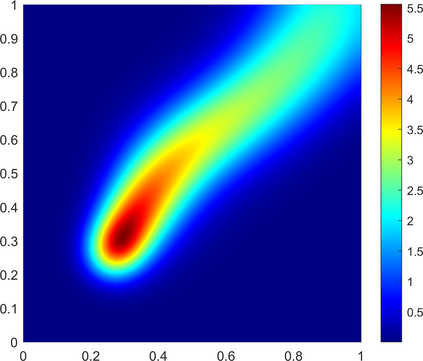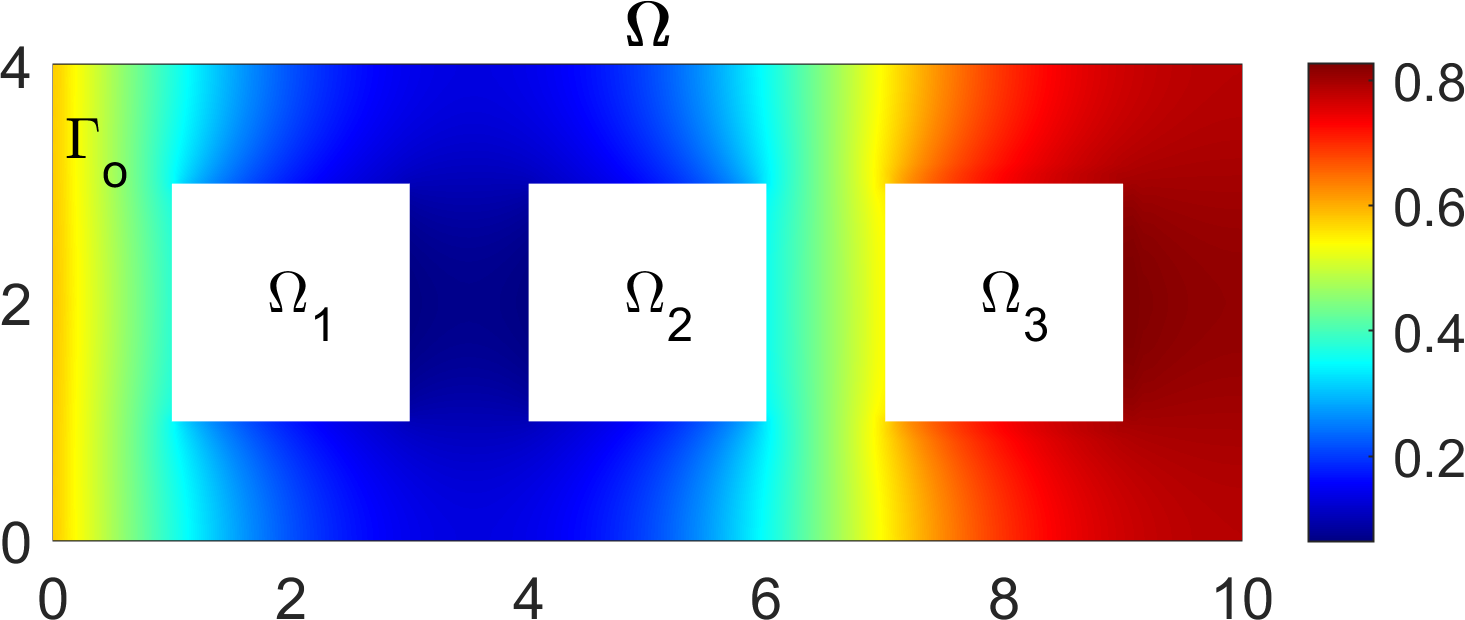The paper introduces a reduced order model (ROM) for numerical integration of a dynamical system which depends on multiple parameters. The ROM is a projection of the dynamical system on a low dimensional space that is both problem-dependent and parameter-specific. The ROM exploits compressed tensor formats to find a low rank representation for a sample of high-fidelity snapshots of the system state. This tensorial representation provides ROM with an orthogonal basis in a universal space of all snapshots and encodes information about the state variation in parameter domain. During the online phase and for any incoming parameter, this information is used to find a reduced basis that spans a parameter-specific subspace in the universal space. The computational cost of the online phase then depends only on tensor compression ranks, but not on space or time resolution of high-fidelity computations. Moreover, certain compressed tensor formats enable to avoid the adverse effect of parameter space dimension on the online costs (known as the curse of dimension). The analysis of the approach includes an estimate for the representation power of the acquired ROM basis. We illustrate the performance and prediction properties of the ROM with several numerical experiments, where tensorial ROM's complexity and accuracy is compared to those of conventional POD-ROM.
翻译:本文采用了一个简化顺序模型(ROM),用于对取决于多个参数的动态系统进行数字整合。ROM是动态系统对低维空间的预测,该低维空间既取决于问题又有特定参数。ROM利用压缩高压格式,为系统状态的高度忠诚快照样本找到低级代表器。该演示表提供了在通用空间所有快照和关于参数域差异的信息编码通用空间的ROM的正方位基础。在在线阶段和任何输入参数中,该信息用于寻找一个缩小基础,跨越通用空间中一个特定参数子空间。在线阶段的计算成本随后仅取决于压强压缩等级,而不是高忠诚度计算的空间或时间分辨率。此外,某些缩压格式能够避免参数空间维度对在线成本的不利影响(称为维度的诅咒)。该方法的分析包括了对已获得的ROM的表达力的估计。我们用数个数字性实验来说明这些测试的性能和预测性能和精确度,其中将激光存储器的精确度与若干数字性实验相比。




